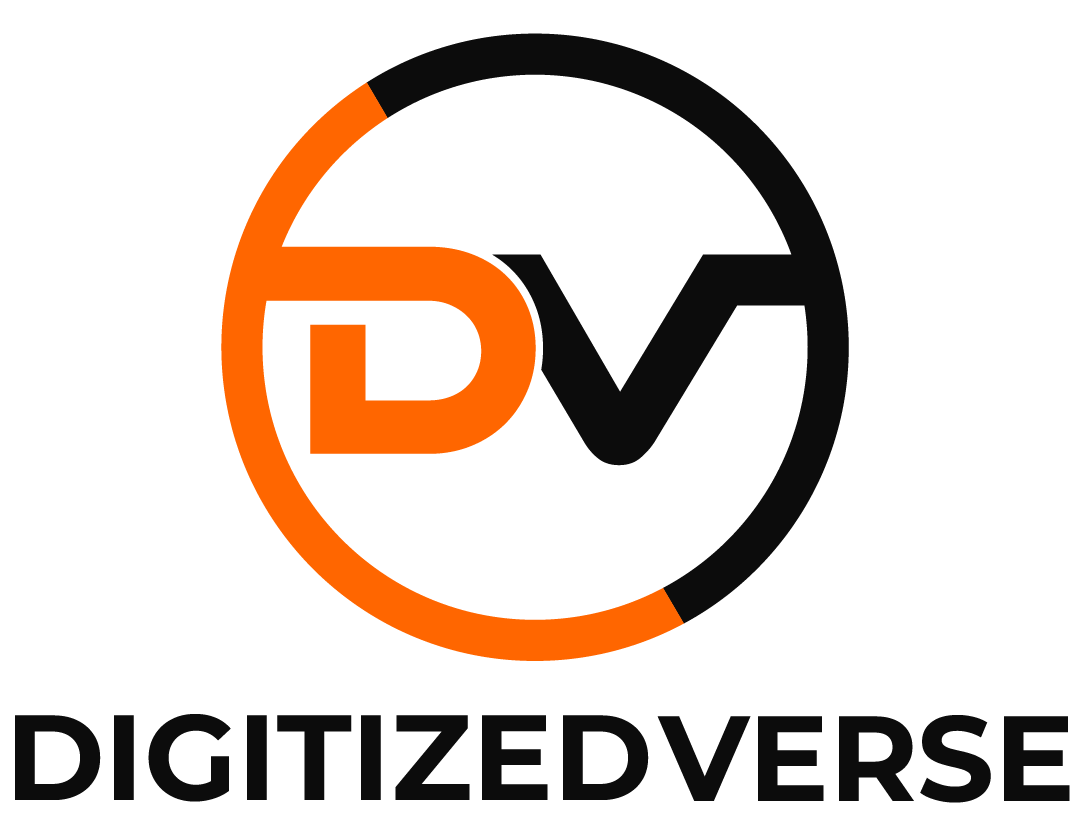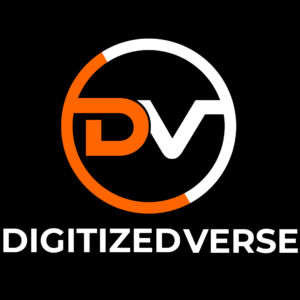In today’s digital age, PPC advertising has become a cornerstone of many businesses’ marketing strategies. With the right approach, pay-per-click (PPC) advertising can yield substantial returns on investment (ROI), driving traffic, generating leads, and increasing sales. However, to truly maximize ROI, it’s essential to understand the intricacies of PPC campaigns and implement best practices effectively. This article delves into the nuances of PPC advertising, offering insights and strategies to help businesses achieve the highest possible ROI.
What is PPC Advertising?
Pay-per-click (PPC) is an online advertising model where advertisers pay a fee each time one of their ads is clicked. Essentially, it’s a way of buying visits to your site rather than attempting to “earn” those visits organically. Search engines like Google and Bing, as well as social media platforms like Facebook and LinkedIn, offer PPC advertising options.
Want to master PPC and drive explosive growth? Get connected with experienced PPC expert today!
Key Components of a PPC Campaign
- Keywords: The foundation of any PPC campaign. Keywords determine when and where your ads will appear.
- Ad Copy: The text or creative content that makes up your ad. This must be compelling to attract clicks.
- Landing Pages: The web pages where users land after clicking your ad. These pages should be optimized to convert visitors into customers.
- Bid Management: The process of setting and adjusting the amount you’re willing to pay for each click.
- Analytics and Tracking: Tools and metrics used to measure the performance of your campaign and make data-driven adjustments.
The Importance of ROI in PPC Advertising
ROI (Return on Investment) is a critical metric for any marketing campaign. In PPC advertising, ROI measures the profitability of your ad spend. A positive ROI indicates that the revenue generated from the campaign exceeds the cost of running it. To maximize ROI, it’s essential to continuously monitor and optimize your PPC campaigns.
Calculating PPC ROI
To calculate ROI, use the formula:
ROI = {(Revenue−Cost)/Cost×100}
For example, if you spend $1,000 on a PPC campaign and generate $2,000 in revenue, your ROI would be:
{(2000−1000)/1000}×100=100%
Choosing the Right PPC Platform
Different PPC platforms offer unique advantages and cater to various audience types. Here are some of the most popular PPC platforms:
Google Ads
Google Ads is the most widely used PPC platform. It offers access to the largest search engine in the world, allowing businesses to target users based on search queries.
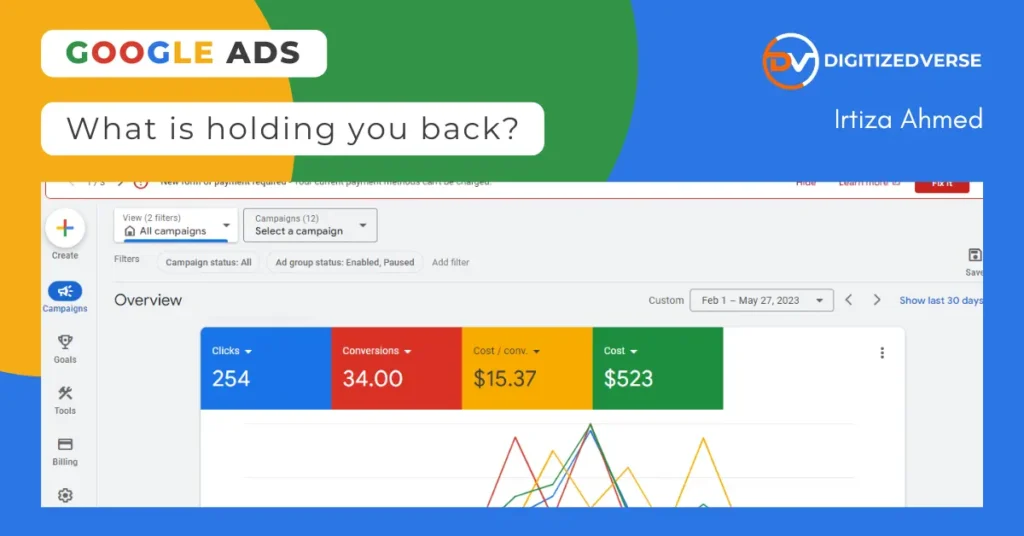
Facebook Ads
Facebook Ads leverage the social network’s vast user data to target ads based on demographics, interests, and behaviors. It’s particularly effective for reaching specific audiences.
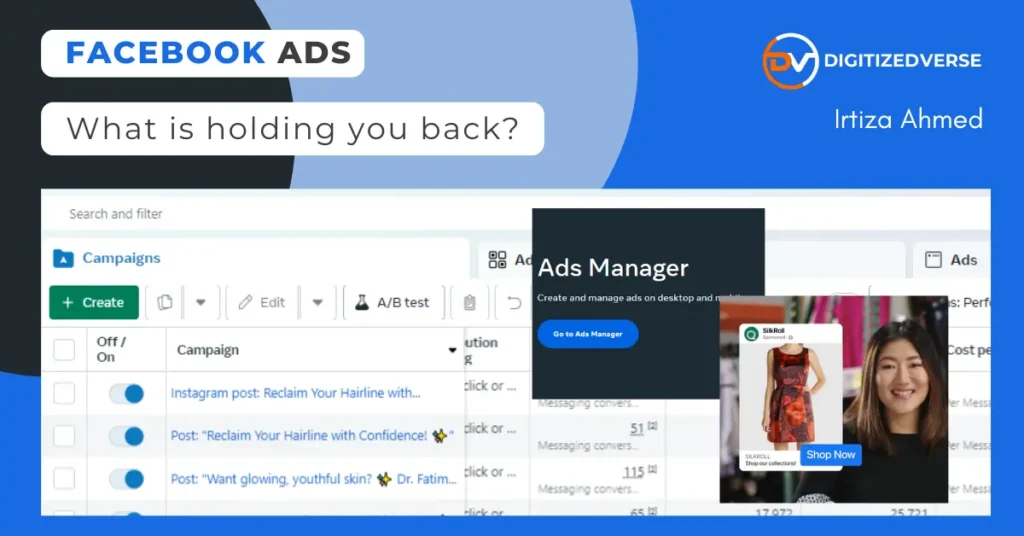
LinkedIn Ads
LinkedIn Ads are ideal for B2B marketing. They allow businesses to target professionals based on their industry, job title, and other professional criteria.
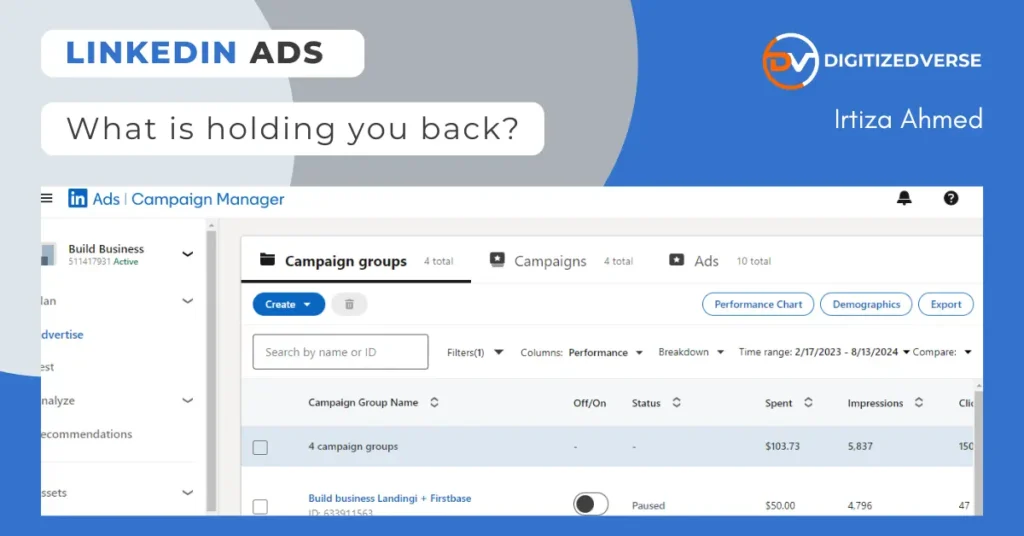
Bing Ads
Bing Ads (now Microsoft Advertising) offers similar features to Google Ads but can be more cost-effective due to less competition.
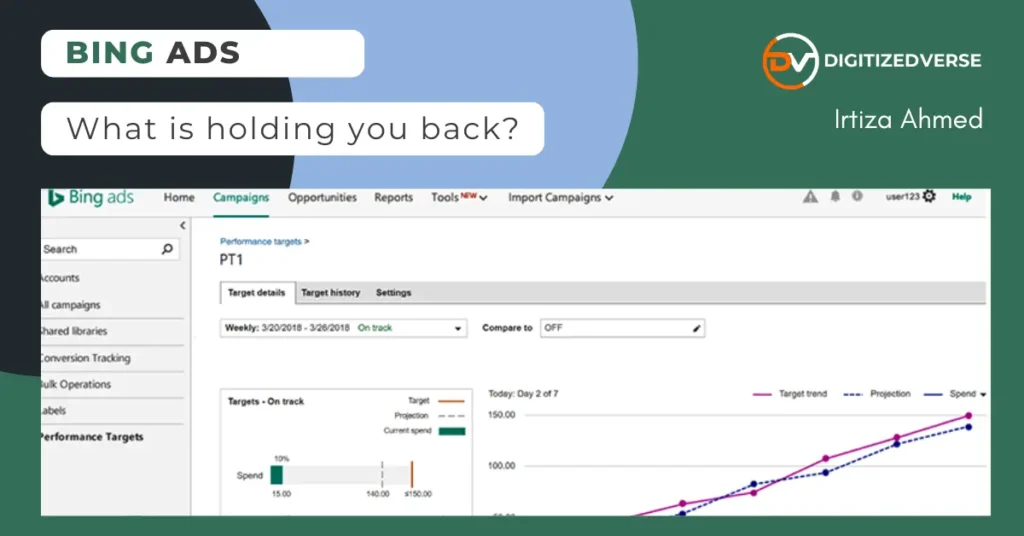
Crafting Effective PPC Ads
Creating effective PPC ads involves a blend of art and science. Here are some tips to ensure your ads stand out and drive clicks:
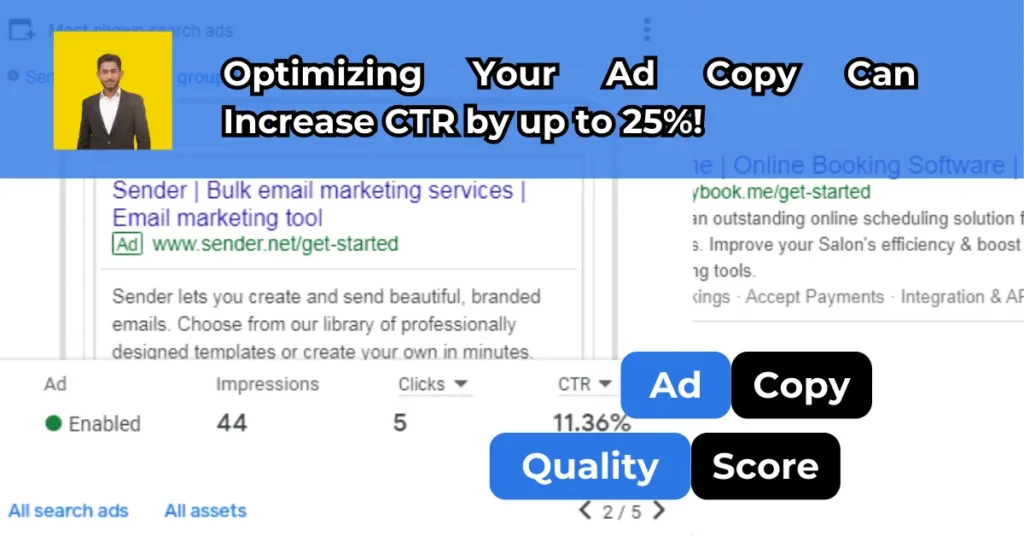
Focus on High-Quality Ad Copy
Your ad copy should be clear, concise, and compelling. Highlight the benefits of your product or service and include a strong call-to-action (CTA).
Use Relevant Keywords
Conduct thorough keyword research to identify the most relevant and high-performing keywords for your campaign. Tools like Google Keyword Planner can be invaluable for this purpose.
Leverage Ad Extensions
Ad extensions provide additional information and can make your ad more appealing. Common extensions include site links, call buttons, and location information.
A/B Testing
Regularly test different versions of your ads to see which ones perform best. This can help you refine your messaging and improve your click-through rates (CTR).
Optimizing Landing Pages
A well-optimized landing page is crucial for converting clicks into customers. Here are some best practices for landing page optimization:
Ensure Relevance
Make sure your landing page content is directly related to the ad that brought the user there. This helps maintain user interest and reduces bounce rates.
Simplify Navigation
A cluttered landing page can overwhelm visitors. Keep the design clean and ensure that the most important information is easy to find.
Include Strong CTAs
Your landing page should have a clear and compelling call-to-action. Whether it’s signing up for a newsletter, making a purchase, or downloading a resource, the CTA should stand out.
Optimize for Mobile
With a significant portion of web traffic coming from mobile devices, it’s essential to ensure your landing page is mobile-friendly.
Monitoring and Analyzing Performance
To maximize ROI, continuous monitoring and analysis of your PPC strategies are essential. Here are some key metrics for PPC analyst to track:
Click-Through Rate (CTR)
CTR measures the percentage of people who click on your ad after seeing it. A high CTR indicates that your ad is relevant and compelling.
Conversion Rate
Conversion Rate is the percentage of visitors who take the desired action on your landing page. This could be making a purchase, filling out a form, or signing up for a service.
Cost Per Click (CPC)
CPC is the amount you pay each time someone clicks on your ad. Monitoring CPC helps you manage your budget effectively.
Quality Score
Quality Score is a metric used by Google Ads to measure the relevance and quality of your ads and landing pages. A higher Quality Score can lead to lower costs and better ad placements.
Return on Ad Spend (ROAS)
ROAS is a measure of the revenue generated for every dollar spent on advertising. It’s similar to ROI but focuses specifically on ad spend.
Advanced PPC Strategies
For businesses looking to take their PPC campaigns to the next level, here are some advanced PPC strategies to consider:
Remarketing
Remarketing involves targeting users who have previously visited your site but did not convert. These users are more likely to convert on subsequent visits.
Geo-Targeting
Geo-Targeting allows you to target ads to users in specific locations. This can be particularly effective for local businesses or businesses looking to expand into new markets.
Time-Based Targeting
Time-Based Targeting involves showing your ads at specific times of the day or days of the week when your target audience is most active.
Audience Segmentation
Audience Segmentation involves dividing your audience into smaller groups based on specific criteria, such as demographics, interests, or behaviors. This allows for more personalized and effective ad targeting.
Automated Bidding
Automated Bidding uses machine learning to adjust your bids in real-time based on the likelihood of conversion. This can help maximize ROI by ensuring you’re not overpaying for clicks.
Common PPC Mistakes to Avoid
Even experienced marketers can make mistakes that hurt their PPC campaigns. Here are some common pitfalls to watch out for:
Ignoring Negative Keywords
Negative Keywords are keywords for which you do not want your ads to appear. Ignoring them can lead to irrelevant clicks and wasted ad spend.
Overlooking Mobile Users
With the increasing number of mobile users, it’s crucial to ensure your ads and landing pages are optimized for mobile devices.
Failing to Monitor Campaigns
PPC campaigns require ongoing monitoring and adjustments. Set aside regular time to review your campaign performance and make necessary changes.
Not Testing Ads
Failing to test different ad variations can prevent you from discovering what works best. Regular A/B testing is essential for optimizing ad performance.
Poor Budget Management
Without proper budget management, you can quickly overspend on PPC campaigns. Set clear budgets and monitor your spending closely.
Conclusion
Maximizing ROI with PPC advertising requires a strategic approach and ongoing optimization. By understanding the key components of a PPC campaign, choosing the right platforms, crafting effective ads, and optimizing landing pages, businesses can achieve significant returns on their ad spend. Additionally, advanced strategies like remarketing, geo-targeting, and automated bidding can further enhance campaign performance.
However, even with the best practices in place, PPC advertising can be complex and challenging to master. If you’re not getting the results you desire, it might be time to seek professional assistance.
Contact DigitizedVerse for ROI-driven PPC advertising services. Our experts can help you navigate the intricacies of PPC, ensuring your campaigns deliver the highest possible returns on investment.

